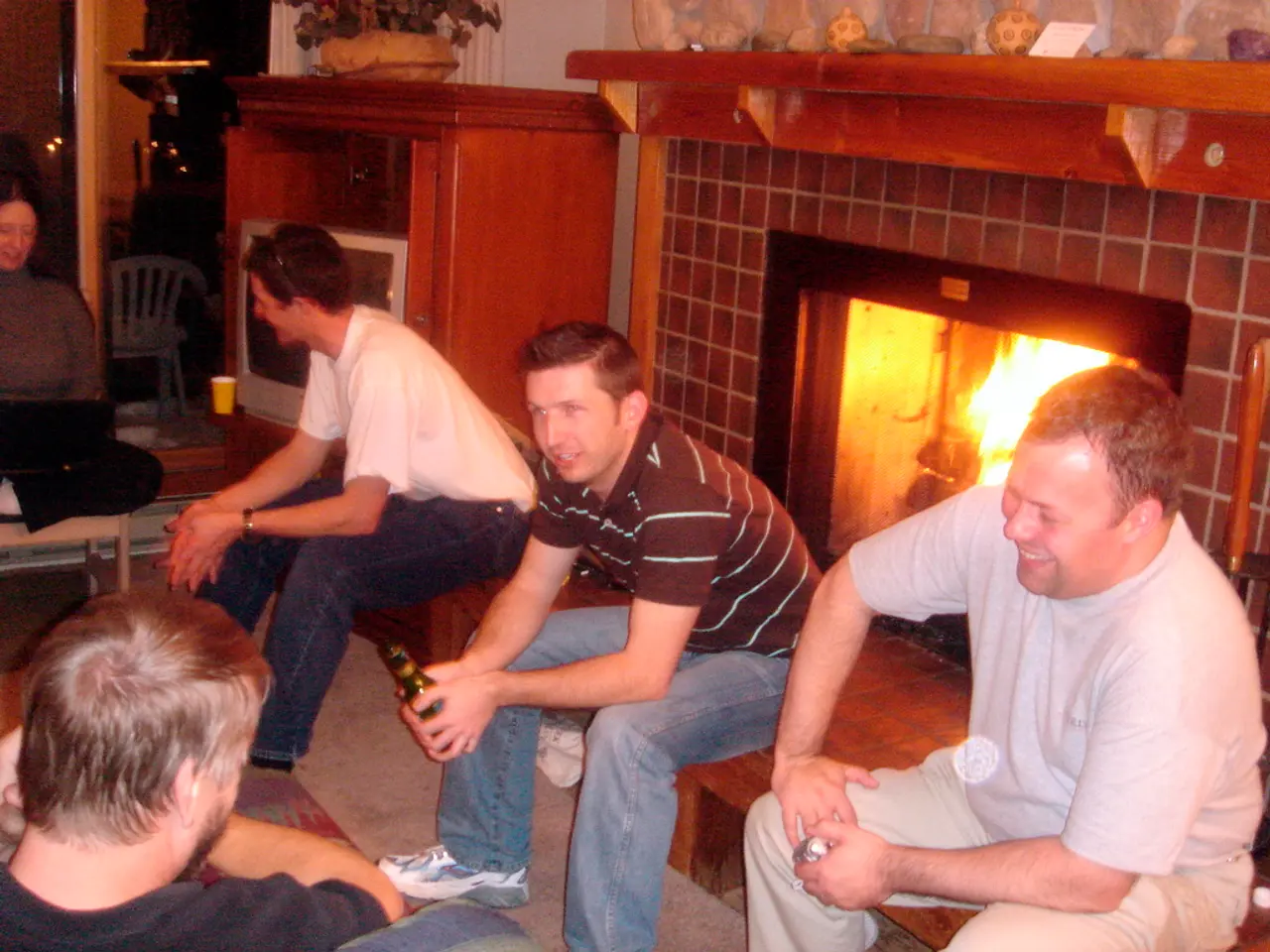Arsonists Honing Skills in Controlling and Exacerbating Forest Blazes - Arsonists Gaining Skills in Wildland Firefighting Tactics
In Hameln, a pioneering rehabilitation project is underway at the juvenile prison. Instead of the customary prison apparel, inmates now don firefighter gear, demonstrating their newly acquired wildfire fighting skills on the prison grounds. Since the beginning of the month, these young offenders have undergone training by firefighters and international experts in various firefighting techniques, with the aim of aiding their rehabilitation.
Comprising ten men, aged around 20 years, these inmates first completed a basic training course. They then expanded their knowledge to combat forest or meadow fires, under the direction of the initiator of this project, Michael Herrmann, a criminal and juvenile court judge at the Lueneburg regional court who is also a firefighter. This project marks an extension of the annual basic training provided in Hameln since 2012. Upon completion, inmates have opportunities to refresh or acquire new firefighting knowledge.
Post-release, these individuals may seek to contribute to their communities as firefighters, with at least eight former inmates having joined the volunteer fire department since 2012.
The primary objectives of this program include instilling discipline, cultivating a sense of responsibility, and fostering teamwork – essential traits in both effective firefighting and everyday life. Firefighting training encompasses the correct application of extinguishing agents, safety strategies, and handling hazardous materials, in both theoretical and practical contexts.
However, an intrinsic aspect underlines the value of learning to work in a team, Judge Herrmann stresses. By teaching these inmates valuable firefighting skills, they gain confidence in their abilities, which can translate to success in real-life scenarios. The program also encourages inmates to support one another, boost endurance and perseverance, and learn to manage stressful situations effectively. Conflict resolution, solution-orientation, and acquiring manual skills are other integral aspects of this training program.
Although there isn't specific data on the Hameln project, similar initiatives elsewhere focus on imparting valuable skills to inmates, improving discipline, and fostering a sense of responsibility, ultimately aiding rehabilitation and potentially reducing recidivism rates.
- The community policy in Hameln, embracing the rehabilitation project at the juvenile prison, includes vocational training in firefighting as part of education-and-self-development and personal-growth, stimulating personal growth among inmates through learning valuable skills.
- Upon their release from prison, these individuals may seek employment as firefighters, applying the traits and knowledge gained from vocational training, including teamwork, conflict resolution, and manual skills, for their personal growth and contribution to the community.






